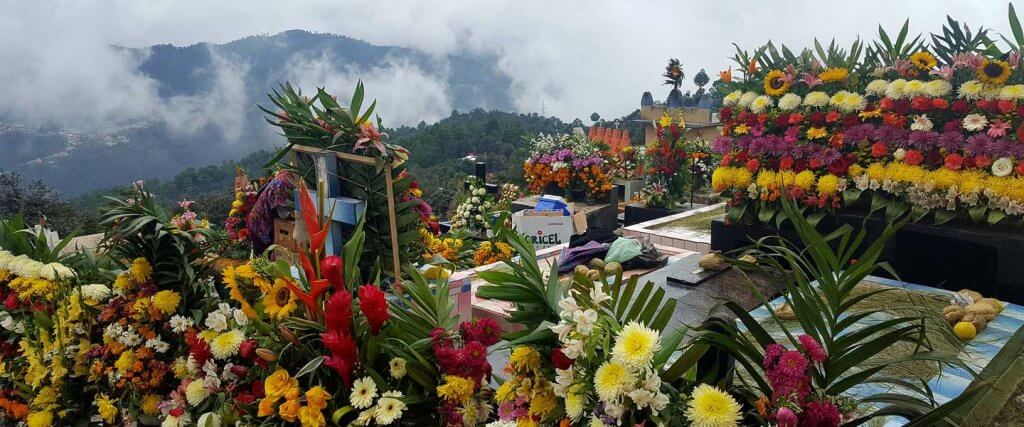In our western society, death is often a taboo subject and, above all, seen as something exclusively negative. Most people are only confronted by the topic when someone they love dies or they themselves approach death as a result of a serious illness or accident.
As a result of my ten years working in a hospital, I got to know many people who, as a result of diagnosis of cancer or the like, begin to examine their lives to date and also often to change them completely. A brush with death invites the question: How would I actually like to live?
When I was 17, my first great love died suddenly. Alongside the shock and grief, what was worst for me were the reactions of those around me. I noticed that many people were afraid to have contact with me because the topics of death and grieving were unfamiliar and uncomfortable for them and they simply didn’t know how to deal with me. As a result, I often felt isolated from other people, left alone with my pain and the many questions that this event evoked in me. It was only many years later, during my training therapy to become a psychotherapist, that the opportunity arose to engage with all these feelings and questions with caring accompaniment.
“Dia de los muertos” in a Mexican mountain village – dancing on the graves
Right now I’m in Mexico, in the state of Chiapas in a little mountain village called Zinacantan, where the indigenous inhabitants still live a life relatively untouched by the western world. It was here that I spent the “dia de los muertos” [day of the dead] – comparable with our “All Souls’ day”.
Here too, people go to the graveyard on this day to commemorate their departed. However, everything is different from the way it is here. The graveyard lives. The most colourful of flower arrangements are arranged everywhere, the extended families all sit together by the graves, bring along food and drink that the departed had liked, and consume together. At almost every grave there is music, on some even dancing. Death is celebrated. It is seen as a valuable part of life, which reminds us over and again that our life on this world is limited and obliges us consciously to shape its course.
But during this, the people do not suppress their sorrow. Interspersed among joyous Mariachi tunes are heart-rending laments. Together they wail, mourn and weep and then, a moment later, laugh and sing once again – all completely natural and authentic.
Suggestions for everyday handling of the topics of dying, death and grieving
Invite Death and listen to him
Even in the absence of any direct confrontation with Death, I would like to recommend that everyone should see him as a friend and regularly invite him into their thoughts, in order to see what he can show them. The questions “What would happen if I knew right now that I would soon die?” or “When facing death, what would I like to find looking back over my life?” can often show you really well what should change about your life and can help you to live more in the here and now.
Anything goes when you’re grieving
As a result of my personal and professional experience accompanying grieving people, I’ve noticed that all those concepts of “grieving process” and “stages of grieving” aren’t really enough. Just as we are individual as people, so is also our way of grieving for our nearest and dearest. There is no “right” or “wrong”. It could be any of those feelings like incomprehension, sadness, despair, fear, yearning, fury, relief, love, attachment, joy, renewal, envy, rage – one after another, or all at once. The most important thing I can recommend to you is: let matters rest for a moment and seek out the combination of space and the people that allows you to express your feelings honestly. Share with other people (in a group for the grieving for example), write a letter to the person who has died, express your feelings through dance, sing your own personal lament, determine your own farewell rituals. Don’t shy away from seeking psychological accompaniment at this time, from for example..
Photo credits: (c) Elisabeth Feiks
